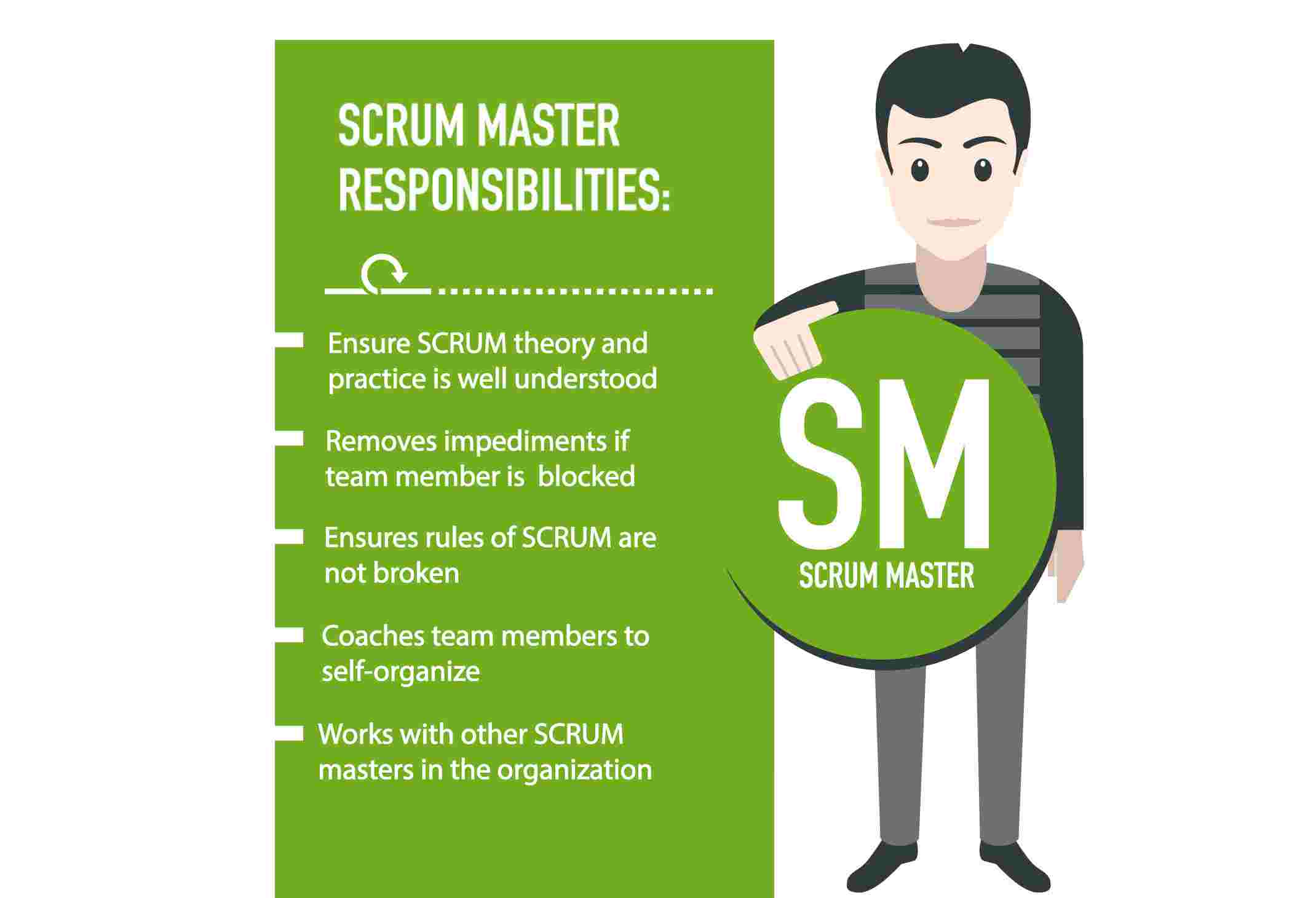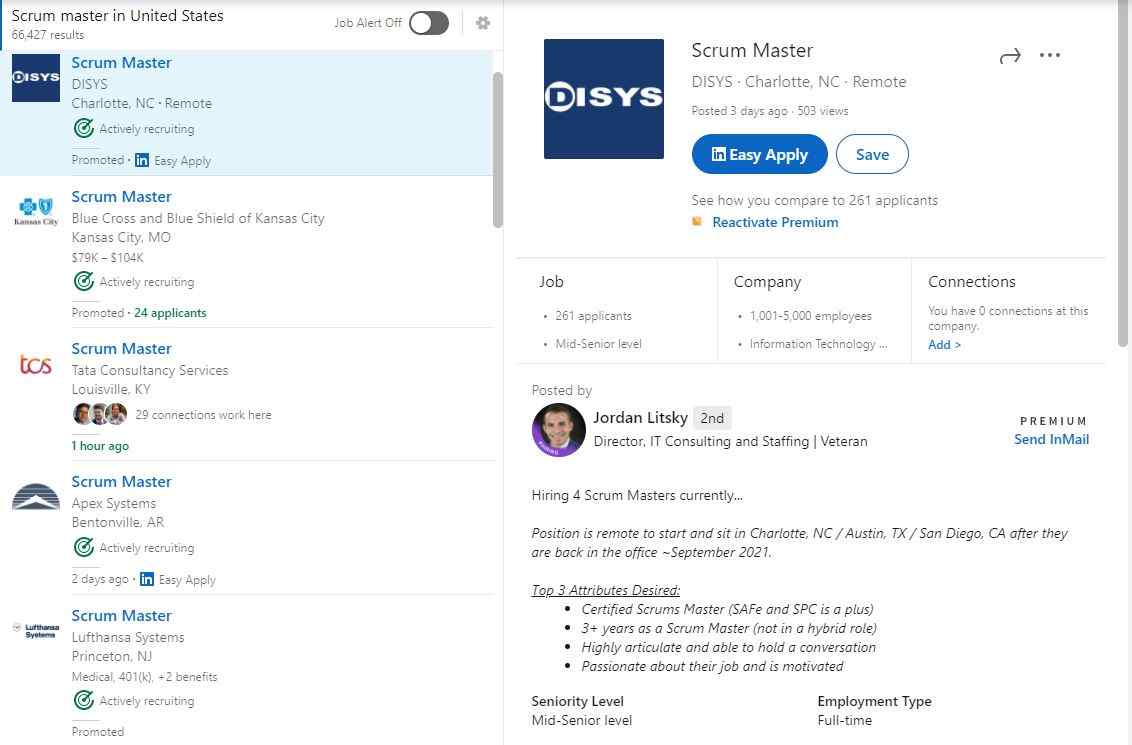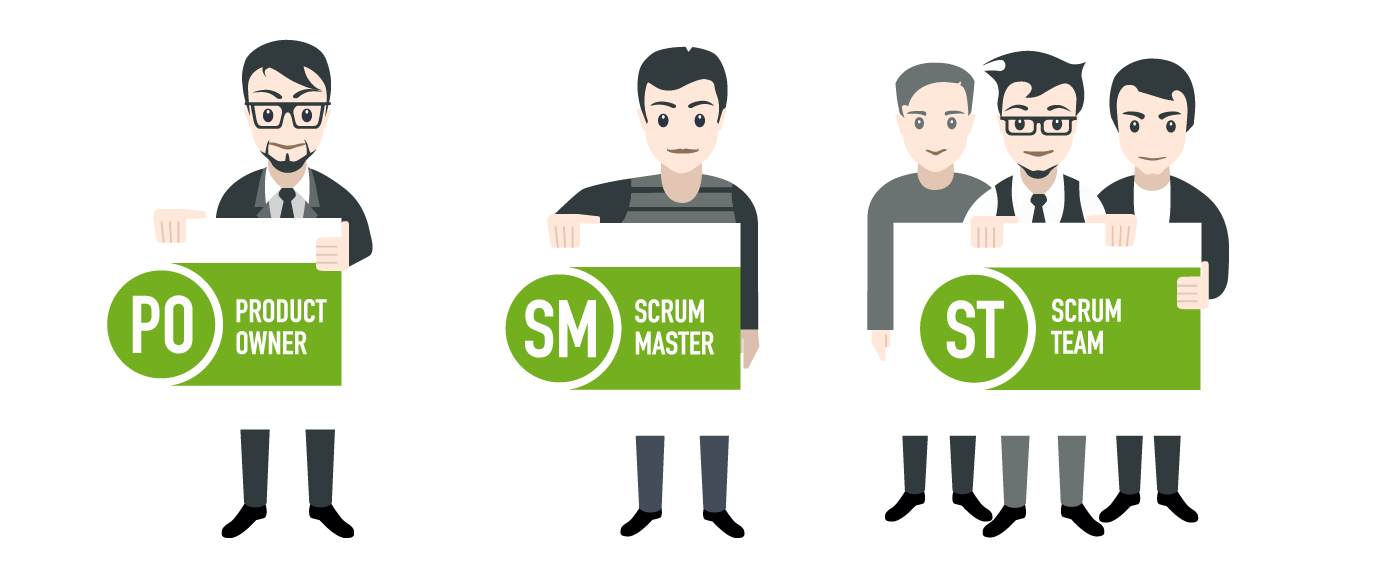Roles and Responsibilities You Can Nail With Agile Scrum Bootcamp
Today, all industries use Agile methodologies as a part of their project management systems. Flexible development models such as Agile and Scrum have allowed companies to launch their products faster than ever. As organizations require an Agile approach to get their product to the market, Agile Scrum gives them a competitive advantage in terms of development speed.
What is Agile Scrum?
In simpler words, organizations need greater flexibility in the process to get to the market more quickly than the competitors, to stay a step ahead of the increasing pressure.
The Agile Scrum methodology depends on incremental development. Each iteration includes a two- to four-week sprint. The objective of each sprint is to build the most important features and come up with a deliverable product. Technicians build or integrate additional features into the product in subsequent sprints. They are adjustable according to the stakeholder and user feedback in between the sprints.

Source: Powerslides
On the other hand, project management methods such as Waterfall emphasize building the entire product in one go, from the start to finish. However, Agile Scrum focuses on delivering multiple iterations of a product to provide the highest business value to the stakeholders in the least amount of time.
There are several benefits of the Agile Scrum methodology that organizations cannot overlook. One is the designers build the products faster so they must complete each set of goals within a specific time frame of the sprint. While it requires frequent planning, goal setting, and iterations, it helps the Scrum master and team to focus on the current objectives of the sprint and increase productivity.
Companies need to hire a process expert, typically a Scrum master at the helm. The Scrum master successfully implements the Agile Scrum methodology and sets processes in place.
Let’s start by knowing what the role and responsibilities of the Scrum master are.
What is a Scrum Master?
A Scrum Master is a facilitator of Scrum, the Agile framework with a focus on time-based iterations called sprints. The Scrum Master acts as a coach to the product team.
Good Scrum masters commit themselves to implement the Scrum foundation and values while remaining flexible about opportunities for the team to improve the product development workflow.
What Are the Roles and Responsibilities of a Scrum Master?
Agile teams rely on their Scrum master to be the processes’ owners. It is the Scrum master’s responsibility and authority to distribute the Agile Scrum methodology to the team.
This means the role of the Scrum master can be as lightweight as scheduling sprints and Scrum ceremonies to managing the team members, development, and timelines. Here are some of the Scrum master’s responsibilities:

Source: Openclassrooms
- Facilitating daily stand-ups
- Iterations and sprint planning meetings to protect the team from over-committing and scope creep
- Participating in sprint reviews to capture feedback
- Conducting retrospectives to note areas of improvement for future sprints
- Board administrator to ensure all cards are up to date and the Scrum tool is working well
- Conducting individual conversations with team members and stakeholders to iron out disagreements
- Internal consulting with the team and stakeholders so that they work in sync with each other
- Regular reporting to understand when to build and what to build and at what cadence
- Eliminating external blockers and managing internal roadblocks
- Undertaking a multitude of tasks ranging from helping the team to grabbing a cup of coffee for them if that’s what they need
The extensive Scrum master roles and responsibilities highlight how a Scrum master is crucial for maintaining a high-level view, helping the team members understand organizational and technical dependencies, and avoiding roadblocks. This creates a culture of accountability in the organization and enables the team to meet critical deadlines.
Let’s learn more about the Scrum master job overview, the kinds of companies hiring Scrum masters, and their salaries.
Agile Scrum Job Overview
The career path as an Agile Scrum master has had an unprecedented increase in demand in 2021. A career as a Scrum Master is one of the most sought-after job roles.
The reason why Scrum masters are in demand is their ability to navigate the emergency requirements companies face daily while working remotely. Companies are hiring Scrum masters who can prove their expertise, and they’re paid the best salaries by organizations globally.
As per PayScale, the average salary for a certified Scrum master is:

If you are looking for a job as a Scrum master, here are some of the best companies in the U.S. hiring for this career role, as per Google jobs.

Further, there are several career paths for a Scrum master that include:
- Agile coach
- Mentor
- Manager
Importance of Agile Scrum Bootcamp
A great way to kickstart your career as an Agile Scrum master or to acquire new skills is by taking GreyCampus’s two-day Scrum bootcamp. This course is for freshers, product owners, and delivery team members who want to make the transition to iterative Agile methodologies and frameworks. You can put to work the knowledge learned during the Agile Scrum bootcamp during your training.
The instructor-led Agile and Scrum training by GreyCampus combines the key components of the Scrum fundamentals course and Scrum master training to address the needs of professionals who are looking to move into the role of Scrum master. Complimentary access to online study material allows you to advance your skills, role, and responsibilities as a Scrum master.
Eligibility Criteria for Scrum Bootcamp
The Agile Scrum bootcamp by GreyCampus is for professionals working in the Agile environment. This ranges from business analysts, QA specialists, software developers, product managers to team leaders among many others.
In short, the Agile Scrum bootcamp is for anyone interested in learning about Scrum, regardless of their professional expertise, experience, and knowledge in Agile methodologies.
Upon completion of the Agile bootcamp certification course, you can receive industry-recognized Scrum certification. This bootcamp prepares you to take the Scrum.org assessment test to qualify for the PSM I certification for professional Scrum master TM level I.
Responsibilities You Can Nail With Agile Scrum Bootcamp
The responsibilities you can ace with Agile Scrum bootcamp include working behind the scenes to be a bridge between the product development teams and business owners. As Agile processes are completely dependent on people and collaboration, the role of a Scrum Master with experience in Agile Scrum bootcamp is to marry soft skills with the latest tools and methodologies. The three major roles and responsibilities you can implement with the Agile Scrum bootcamp are:
1) Implementing Best Practices – The Scrum master’s key responsibility is to create and bring onboard teams, integrate them into the organization, and provide a clear vision on the product development. Facilitating communication and exchange of information between the external and internal project teams is a part of the Scrum master’s role. Monitoring project progress, providing timely feedback, and driving the culture of agility and learning are vital takeaways from the Agile Scrum bootcamp.
2) Keeping All Parties Informed and On-track – A Scrum master hosts daily team meetings to gain updates on the project’s progress, addresses potential choke-blocks, and ensures that the advancements are on track. Regular sessions to update product stakeholders about the progress ensures that the team is meeting deadlines with desired outcomes.
3) Introducing Agile Engineering Practices – Scrum masters improve efficiency by using continuous integration (CI) and automation. Scrum masters advocate practices to reduce product development time, improve the architecture, and enhance the product’s quality.
The Agile Scrum bootcamp helps the Scrum master to avoid common Scrum mistakes, act as a coach, self-organize, and work cross-functionally with multiple teams. The Scrum master facilitates creating high-value products by removing obstacles in the team’s process and coaching them when they need help.
Roles That an Agile Bootcamp Prepares You For
Think of the Scrum master as the team’s coach and cheerleader. The Agile bootcamp prepares you for the following Scrum master roles and responsibilities:
1) The Scrum Master’s Service to the Product Owner – The role of the Scrum Master in supporting the product owner includes:
- Finding methods to efficiently manage the backlog
- Helping to communicate the product owner’s wish list to the project and development team
- Arranging and optimizing the product backlog
- Organizing Scrum events regularly
2) The Scrum Master’s Service to Development Team – If you’re wondering the role of a Scrum Master in helping the development team, it includes:
- Training the team’s various disciplines of Agile practices
- Helping with cross-functionality and self-organization
- Resolving team conflicts and miscommunication
- Resolving issues or obstacles that hinder timely product delivery

Source: Openclassrooms
3) The Scrum Master’s Service to the Organization – The key responsibility of a Scrum master in an organization include:
- Leading and coaching Scrum adoption
- Planning Scrum implementation
- Implementing steps to increase the team’s productivity and efficiency
- Collaborating with other Scrum masters
The Agile Scrum bootcamp prepares you for the top Scrum master interview questions and answers. Now that you know the roles and responsibilities of a Scrum master in an organization, the next step is to learn the top qualities you require to become a successful Scrum master.
Top Qualities a Scrum Master Must Possess To Be an Efficient Leader
1) Strong leadership skills – A Scrum master motivates multiple stakeholders and teams at an organizational level, leading them to achieve goals and deliverables. Using communication and organizational skills, as a team leader, the Scrum master facilitates the gap between the concept of the project and the actions required to develop it.
2) Collaborative – The Scrum master nurtures the team while the product owner drives the overall initiative. In other words, the Scrum master acts as a bridge between the product owner and the project teams. Finding creative ways to increase collaboration and productivity and to deliver the product on time are the key responsibilities of a Scrum Master.
3) Knowledgeable – Being not just the manager, but a team member and facilitator, the Scrum master actively prevents potential obstacles and problems. As a Scrum Master, you must possess strong knowledge about the product, processes, and Agile methodologies, including XP, Kanban, Agile, and Lean.
Agile Scrum and Scrum Master Bootcamp by GreyCampus
The Agile Scrum and Scrum master bootcamp by GreyCampus helps you gain a comprehensive understanding of Agile Scrum methodologies. This bootcamp endorses your knowledge in the processes of Scrum methodology and frameworks.
The Agile Scrum certification validates your understanding of the Scrum methodologies and their implementation. The bootcamp covers an overview of Scrum and Agile, Scrum values, roles, and responsibilities of a Scrum Master, and how to sell the Scrum technique to the stakeholders. After completing the Agile Scrum certification course and bootcamp, you can create a product vision. The course material includes user stories, themes, epics, and access to audio lectures.
GreyCampus is well-known for the best Agile Scrum bootcamp because we know what’s in the exam. We deliver the best training for Agile Scrum certification, helping you launch your career as an Agile Scrum master.
Want to Become a Scrum Master? Consider Getting Agile Scrum Certified Today!